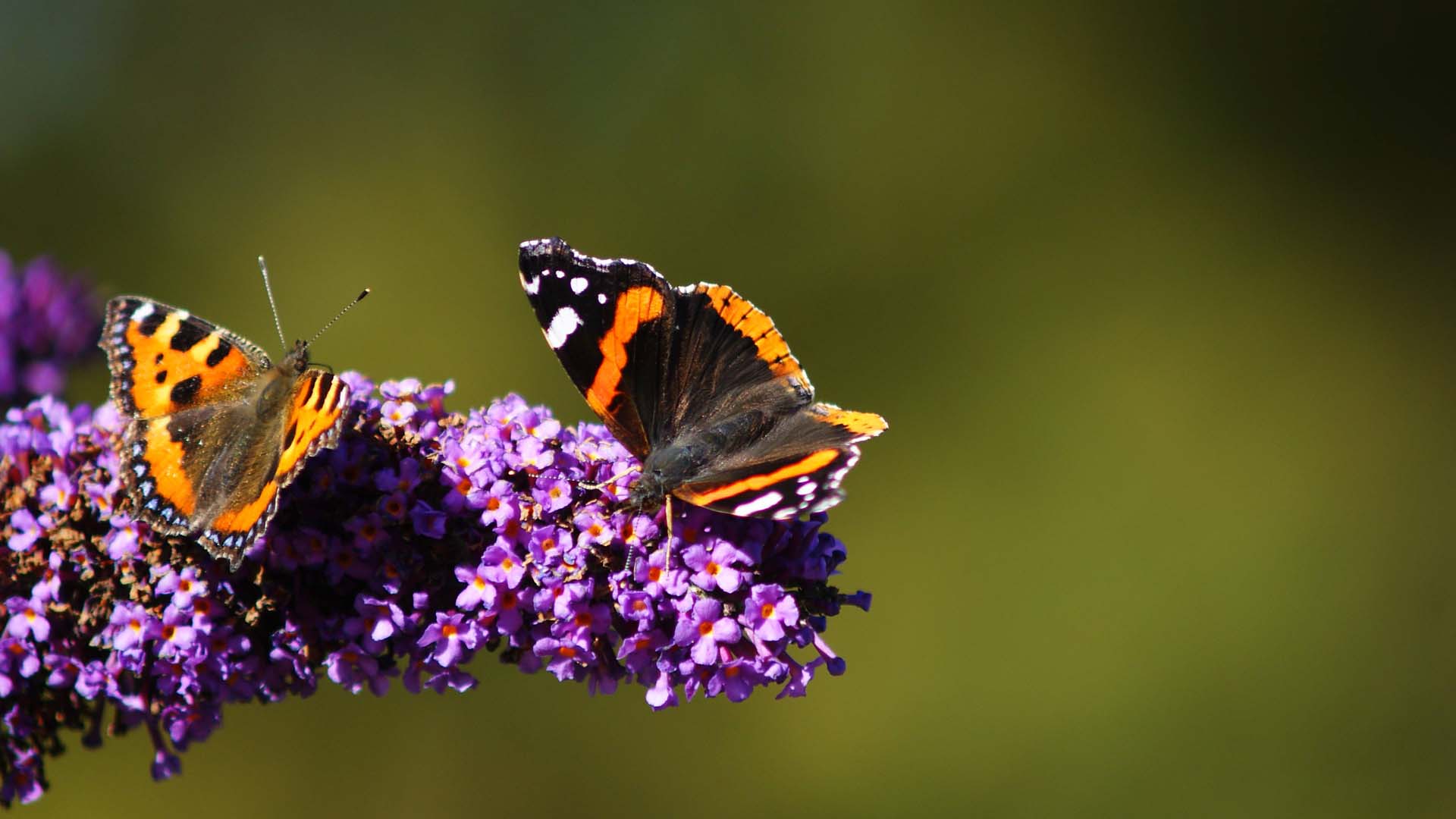
If you feel like there aren't as many butterflies as when you were younger, you're not wrong. Butterfly populations across the UK have declined by more than 80% since the 1970s, according to wildlife charity Butterfly Conservation.
The alarming statistic, which appears in its latest The State of the UK’s Butterflies report, is a ‘warning signal of the wider biodiversity crisis’, the organisation says.
That's because these insects are crucial to understanding the UK’s wider ecosystem.
The study found that specialist species which rely on grasslands abundant with flowers, heathland and woodland clearings have experienced huge losses in habitats, so they’ve declined dramatically.
Species that can breed in less specific habitats, such as farmed countryside and urban areas, haven’t fared as badly, though they’ve still fallen in numbers overall (by 17% in abundance and 8% in distribution). Declines like this often indicate of a broader drop in biodiversity in an area as land use changes over the years.
"The UK is in a butterfly emergency," says Dr Richard Fox, head of science at Butterfly Conservation. "Our data shows that around 81% of UK butterfly species have declined over the past 50 years, either in abundance or in distribution.
You can play your part in helping our butterflies by taking part in the Big Butterfly Count (BBC), from Friday 18 July until Sunday 10 August, in which volunteers take 15 minutes to record butterflies on their home patch and then submit their records to a national database.
Dr Fox says its been invaluable, "though many of the participants are beginners, we’ve shown that the data stands up against gold standard data gathered by experts."
It was results from the 2024 BBC that caused Butterfly Conservation to declare a ‘national emergency’.
With more than 100,000 people counting, participants spotted on average just seven butterflies per count, a drop of almost 50% on 2023’s average of 12 and the lowest in the annual data-gathering exercise’s history.
"It was extraordinary,’ says Dr Fox, describing all the enquiries his team had to field. "We’ve been highlighting the decline since at least 2001, but last year it really hit home.
"Suddenly it was 'where on earth are all the butterflies?'"

While half of all Britain’s remaining butterfly species are now listed as at risk of extinction on the British Red List, conservation projects have proved that efforts by more gardeners can lead to a better understanding of (and positive impact on) population numbers.
These include the successful recent reintroduction of the chequered skipper to England , a succession of long-term conservation projects driving up numbers of wood white butterflies across the West Midlands, and peatland restoration on lowland bogs in Scotland which is benefiting the large heath butterfly.
“Thanks to tens of thousands of people who contribute sightings through projects such as the UK Butterfly Monitoring Scheme and Big Butterfly Count, we have amazing data to plot the changing fortunes of our butterflies,” Dr Fox added.
“What is needed now is a step-change in government support to bring butterflies and other wildlife back to the UK’s nature reserves, farmland, forests and built-up areas.”

We can all play a part in creating conditions that will attract, feed and help local butterfly populations thrive.
Here are three top gardening tips that Butterfly Conservation shared with Saga Magazine:

If you’re looking to make your garden even more butterfly friendly, the Royal Horticultural Society (RHS) suggests some useful tips:
Showy beauty that’s restricted to the Norfolk Broads.

Magnificent high-flyer of southern English woodlands.

Very rare; reintroduced to two sites in southwest England.

UK’s most endangered; colonies in the Lake District, Exmoor and South Wales.

Upland species of Scottish Highlands and the Lake District.

Widespread but declining; often around nettles.

Widespread but declining; open country of all kinds.

Everywhere but the Scottish Highlands.

Most abundant blue, though declining; female is brown.

Everywhere but Scotland; appears early in spring.

There are many reasons to protect our butterflies. They play an important ecological role, with adults providing pollination services and caterpillars a vital food source for numerous animals. But just as important is their role as indicators.
"If butterflies are struggling, then many other insects are probably in decline too," says Dr Fox. "While the ecosystem wouldn’t collapse if we lost our 59 species of butterfly, if our 20,000-plus other insect species all went, we’d be stuffed."
Butterflies also enrich our emotional lives.
"They are beautiful, joyous things, and our experience of the outdoors would be poorer without them," says Dr Fox.
He explains how psychologists at the University of Derby recently demonstrated mental health benefits for BBC participants.
"It seems doing the count is good for you, as well as for butterflies!"
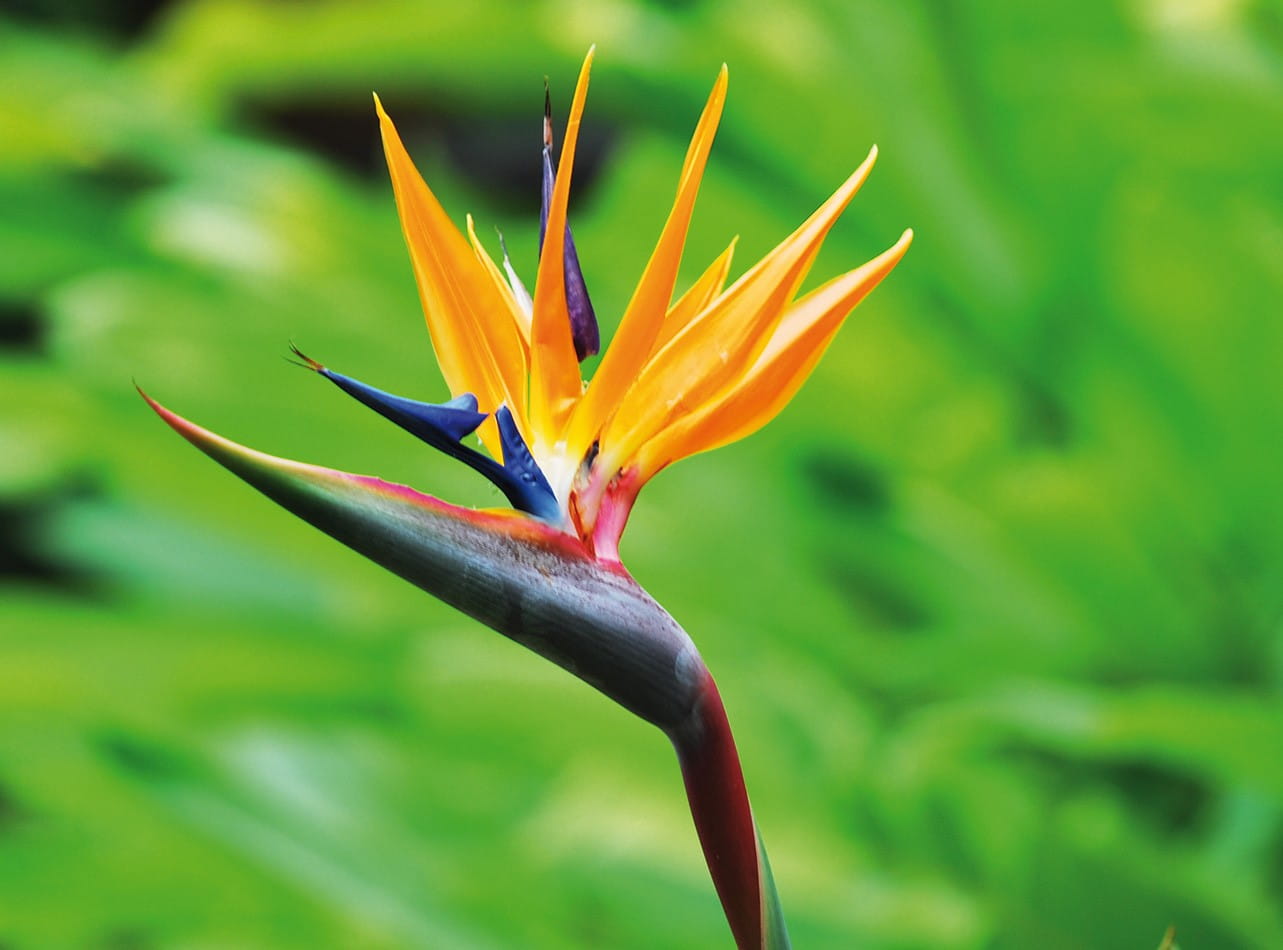
Explore stunning outdoor sanctuaries on Saga’s garden-themed getaways – it doesn't matter if you’re a keen horticulturist or just someone who enjoys colourful blooms.
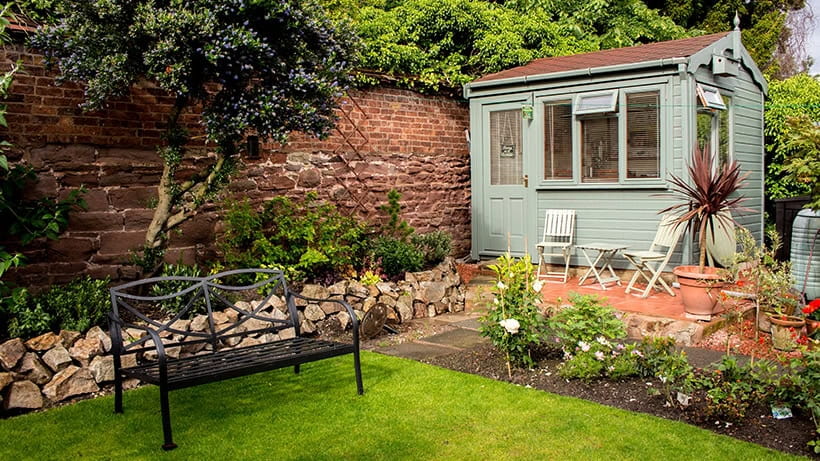
Do you have insurance for your outbuildings? Make sure you have the right cover for the structures in your garden.
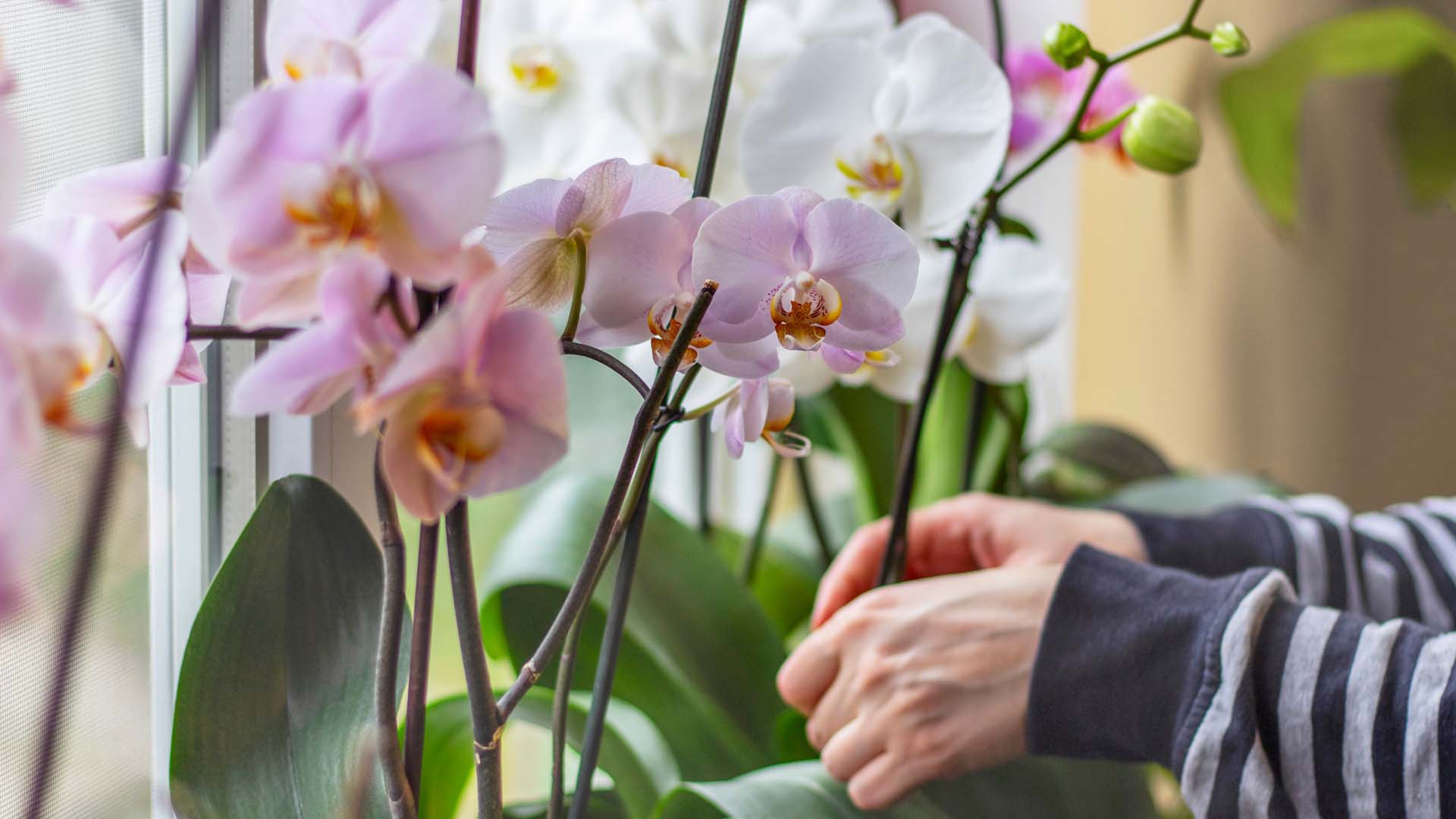
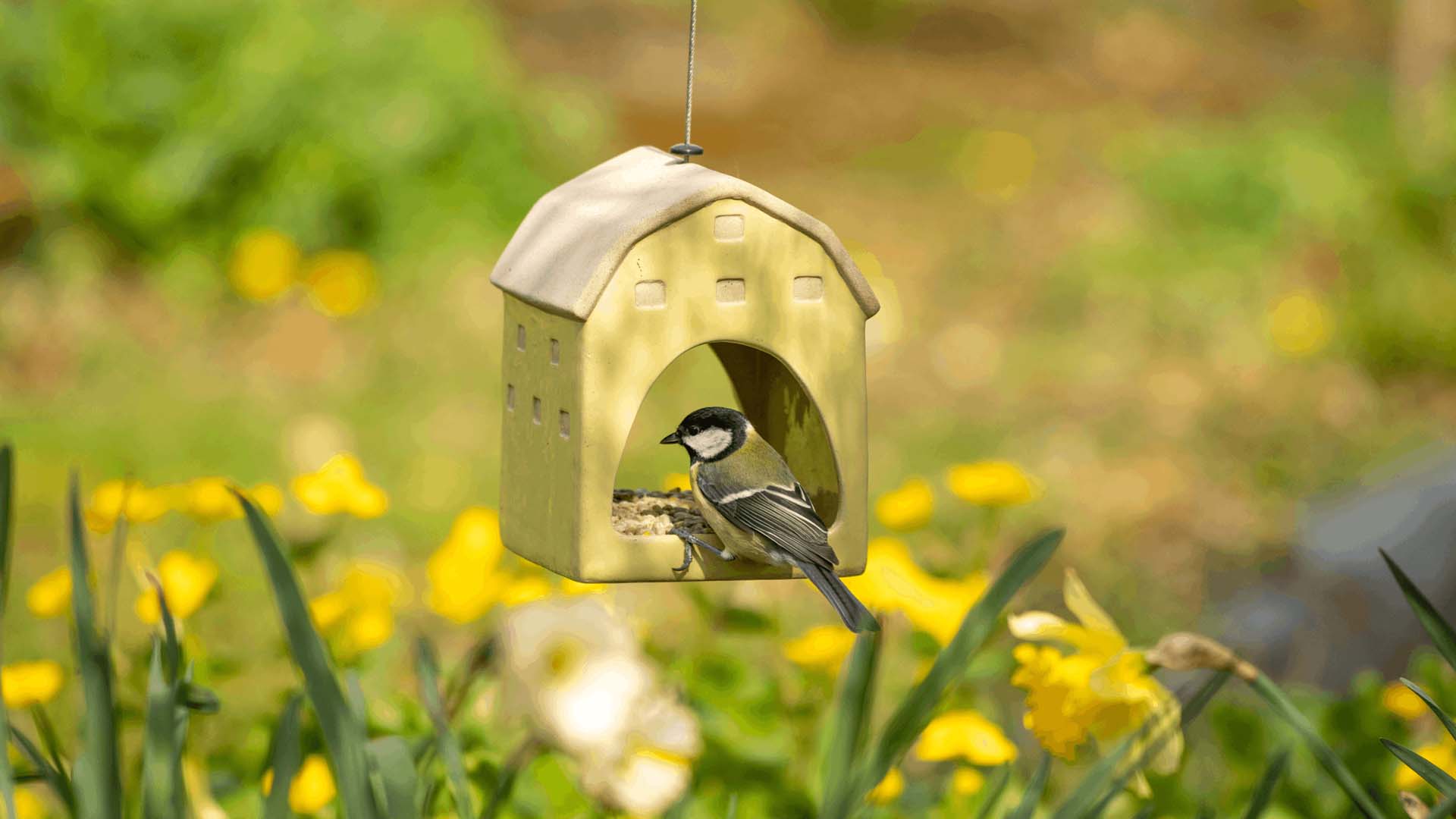
Don’t make these bird-feeding mistakes. Expert advice on how to feed birds in your garden safely.
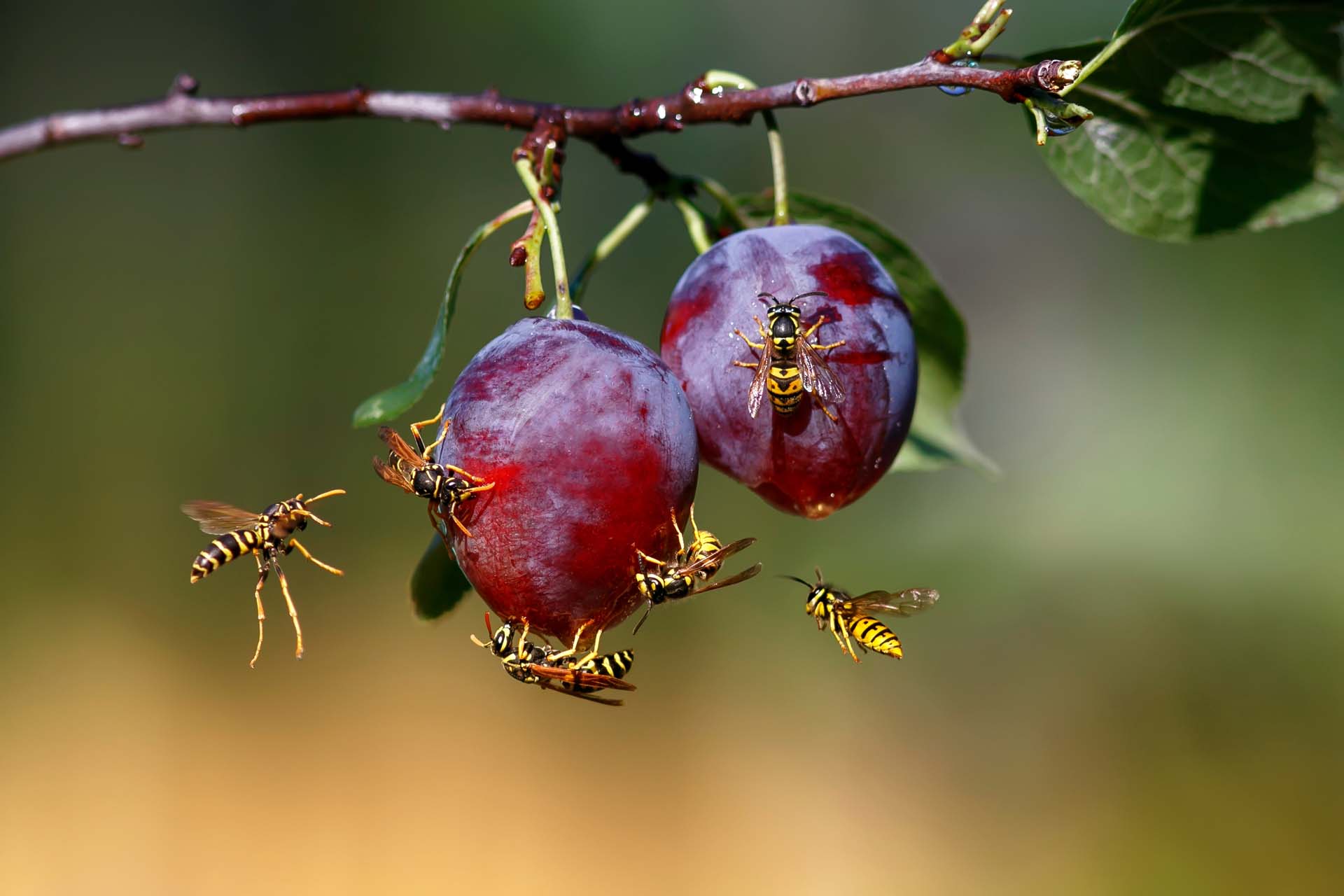
Blighted by buzzing? How to keep wasps out of your garden without harming them so you can enjoy the summer.
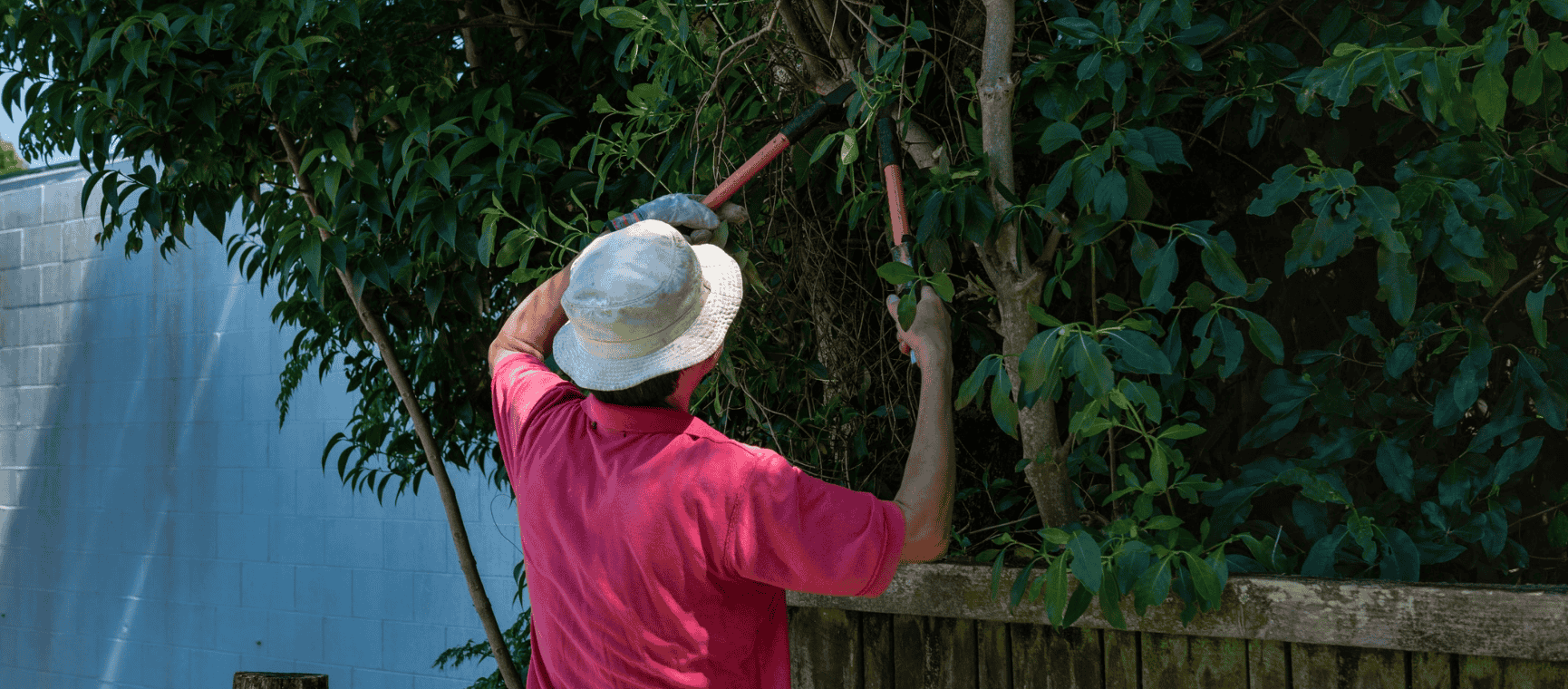
The ways you could be breaking the law in your back garden - with expert advice on how to avoid neighbour disputes, a fine or even a prosecution.
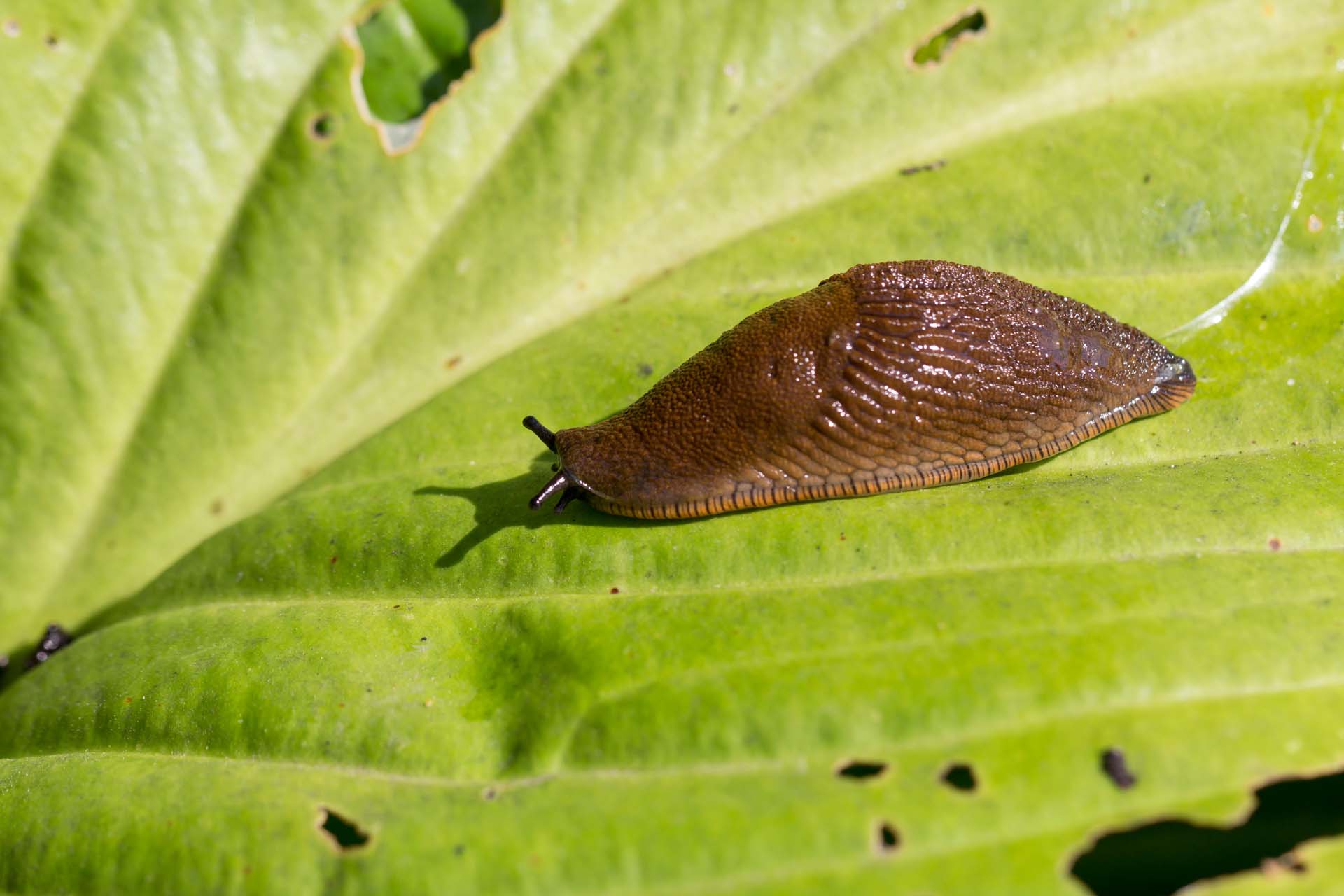
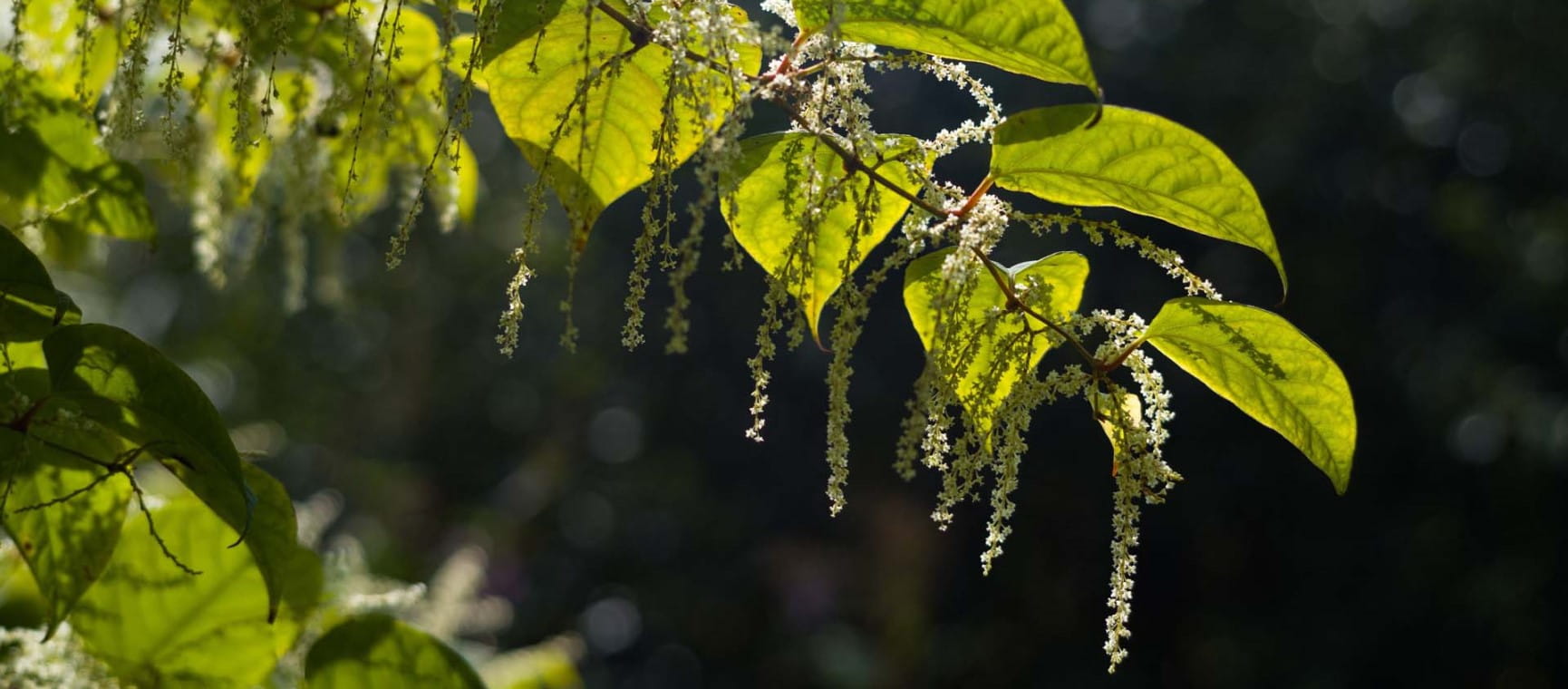
Everything you need to know about Japanese knotweed, the fast-growing plant nobody wants in their garden.